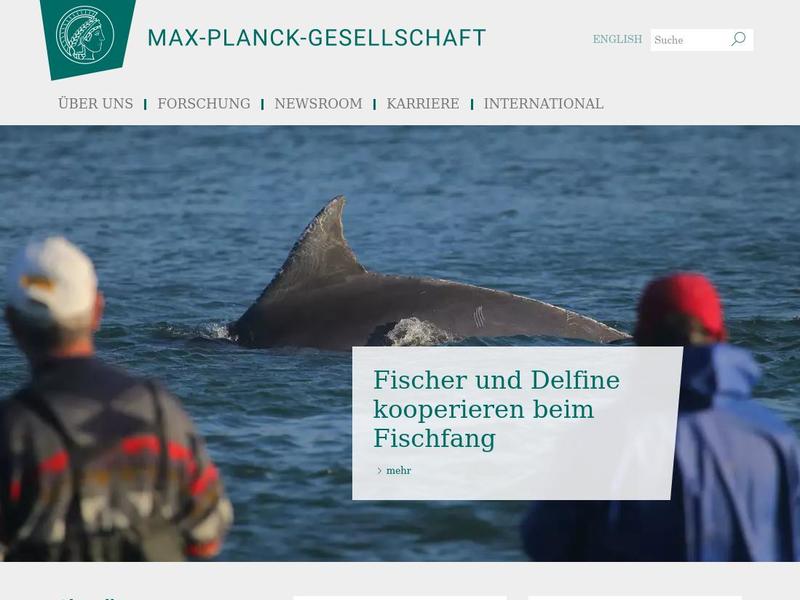Scientists from the Forschungszentrum Jülich and the Max Planck Institute of Microstructure Physics in Halle have discovered the basis for the next generation of memory devices. In a ferroelectric material, they have, for the first time, been able to observe directly how dipoles, which store the information in this material, continuously rotate and therefore may be organised in circular structures. The report was published in the journal Science. The findings were obtained using a type of high-resolution transmission electron microscopy with especially sharp contrast, developed by the Jülich scientists. Arranging the dipoles in a circular structure could allow for significantly denser data storage than previously possible, while still ensuring fast writing and reading processes.
working memories with a density of several terabits per

